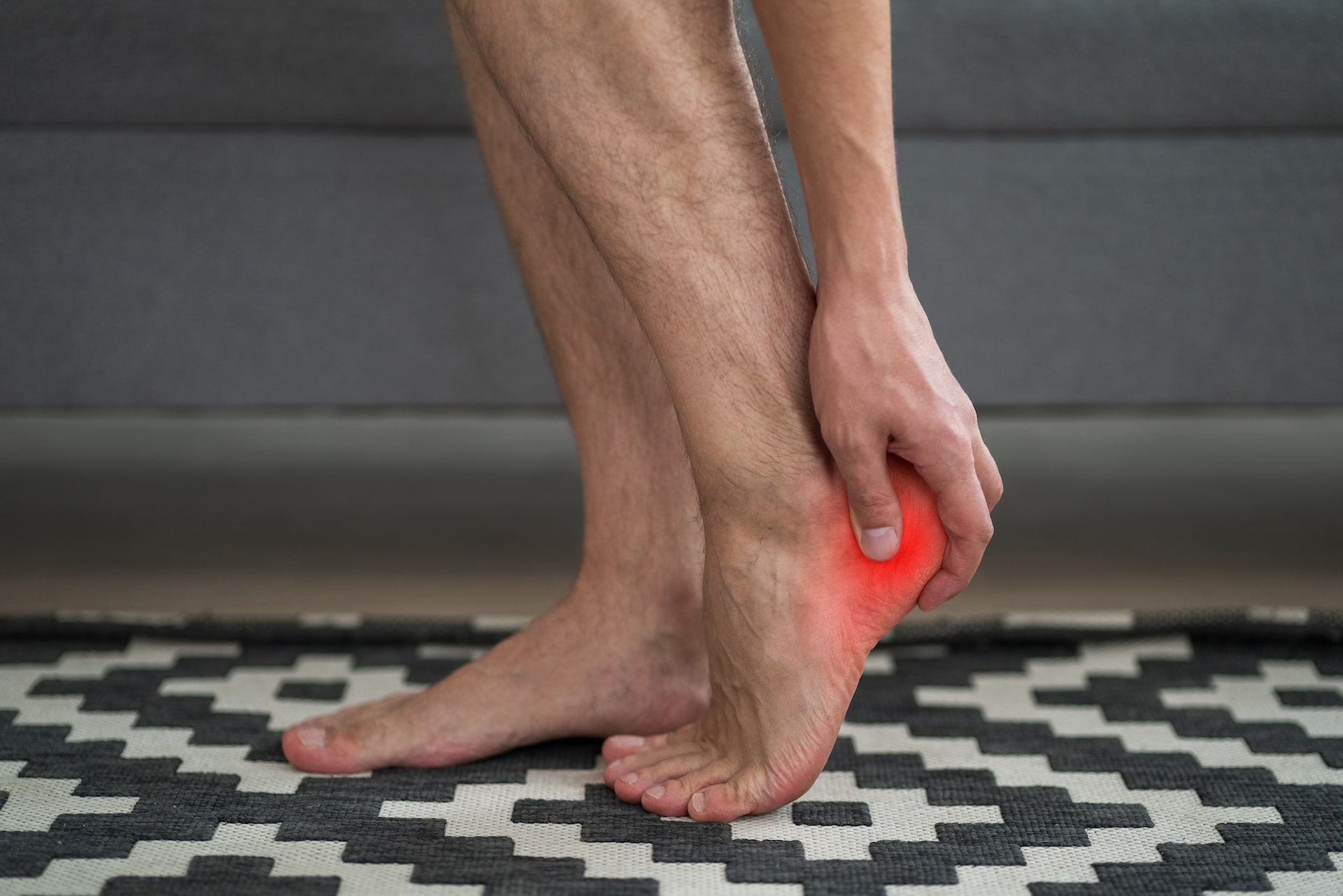Gait abnormalities associated with diabetes
Diabetic patients frequently experience decreased speed and stability when walking, both of which may increase if diabetes is poorly controlled or if the patient has developed diabetes-related complications. In addition, diabetic patients often have a longer stride. Decreased speed combined with a lengthened step may occur as the patient attempts to increase stability, and the patient may not be aware that they are doing either until their speed or stride are pointed out to them. It should also be noted that a slower gait with longer steps may be a warning sign of developing complications, in particular, advancing peripheral neuropathy or foot ulcers.
In addition to walking more slowly and with a longer step, diabetics could appear to be more careful when turning and may experience asymmetry when walking. That is, the patient may appear to be leaning the upper body to one side. This is frequently associated with an abducted position of the legs or arms — holding them further out from the body — while walking in an effort to increase stability or balance. For some patients, these compensatory postures and movements may also be efforts to make up for lost proprioception. Proprioception is awareness of your body’s position in space, and when this awareness is diminished or lost, balance and stability greatly decrease.
What causes gait abnormalities in diabetics?
The exact causes of gait abnormalities in diabetics may vary from patient to patient, and it is important to have a thorough evaluation by a podiatrist to understand your particular way of walking in order to address your specific needs. However, there are some conditions that are common along the spectrum of diabetic patients and that increase as diabetes progresses.
Peripheral neuropathy should always be a prime suspect when a diabetic patients develops gait abnormalities. Peripheral neuropathy may present as a loss of sensation in the feet, which also increases loss of proprioception. Often the patient is not aware of the loss of spatial awareness and beings to walk at a slower space.
In addition to peripheral neuropathy, diabetes-related skin ulcers will also affect the way a patient walks. Patients with ulcers of the feet, or who are at increased risk of developing them, often have reduced knee and ankle strength as well as poor skin quality. The tendons of the feet and lower legs, as well as the plantar fascia — a membrane across the bottom of the foot — also tends to be thicker in diabetic patients. These factors increase muscle stiffness while decreasing the range of motion of the joints. Diabetic patients also often have fat pad atrophy, in which the protective fat pads across the bottom of the foot are greatly reduced and thus offer less protection with each step.
Diabetics who are obese are at increased risk of for a number of problems, but obesity on its own is a well established risk factor for walking instability and related problems. Most notably, obese patients typically walk much more slowly than their non-obese peers, and as their obesity increases, are more likely to require assistance while walking. That assistance may be as simple as holding a railing while walking or may involve using a cane or walker.
Prevention of diabetic gait abnormalities
Preventing or correcting gait abnormalities may help prevent future complications and injuries. As a diabetic patient, it is critical that you maintain your blood sugar in a healthy range, perform regular foot checks, and visit your podiatrist regularly. Keeping your feet and legs healthy will help reduce risk of diabetic ulcers, peripheral neuropathy, and by extension may reduce risk of falls and other injuries. If you are also overweight, you may benefit from working towards a healthier weight under the guidance of your doctor.
Team up with your podiatrist for regular foot and lower leg inspections and ask your podiatrist to teach you how to properly care for your feet, including the importance of carefully trimming your toenails. If you suffer from weak ankles or knees, or poor foot biomechanics, your podiatrist may also teach you exercises that will strengthen these areas. Many patients also benefit from orthotic inserts and properly fitting shoes to improve walking ability.
If you are diabetic, have been diagnosed with peripheral neuropathy, or have noticed changes in the way you walk, be sure to schedule an appointment with your podiatrist at Kansas City Foot Specialists for a thorough evaluation. Call us today at (913) 338-4440.
Source:
http://www.podiatrytoday.com/closer-look-gait-analysis-patients-diabetes



